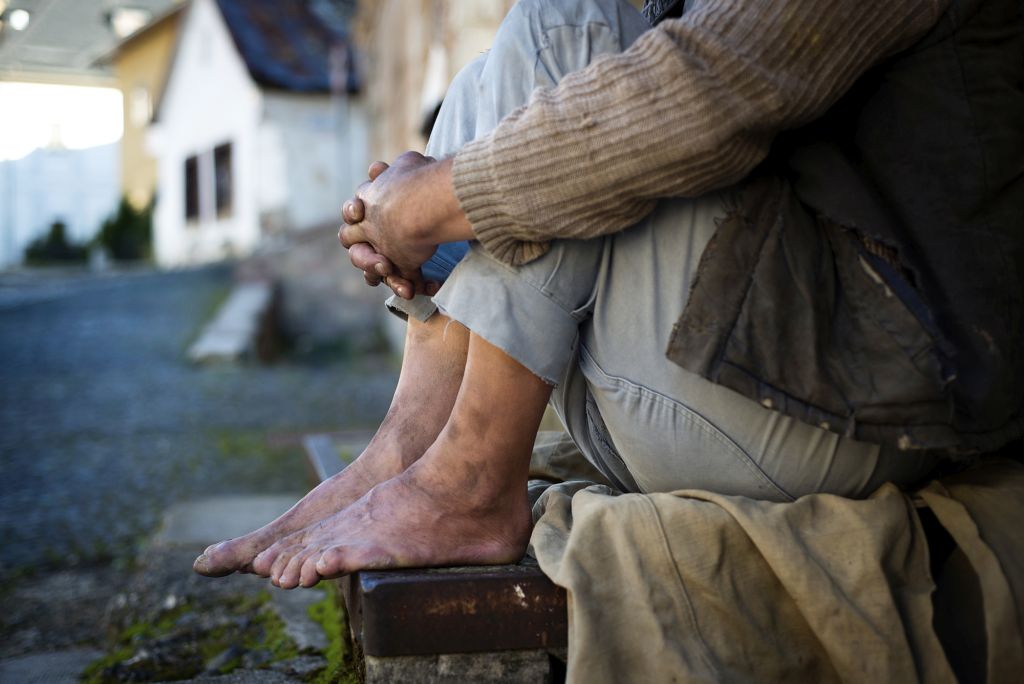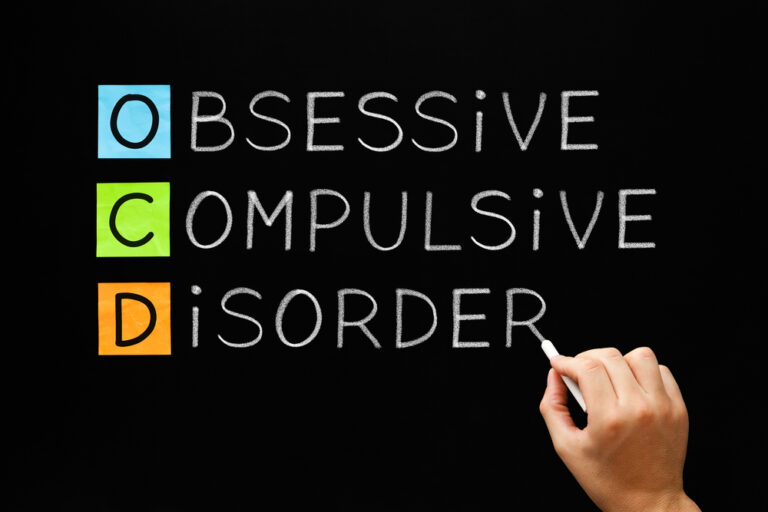National Hunger and Homelessness Awareness
What is homelessness?
Being homeless is defined as “the state of having no home.”
It is estimated that 150 million people worldwide are homeless, and a staggering 1.7 billion people lack adequate housing. According to homelessness by states, California ranked highest with an amount of 129,000 people while North Dakota ranked the lowest at 542 individuals.
With news reports and depictions of homelessness in the movies and on television, it’s difficult for most people to form an accurate definition of what constitutes being “homeless.” In addition to these media-driven depictions, people develop judgments about homelessness.
Definitions:
Sheltered Homelessness: These individuals stay in various locations such as emergency shelters or safe areas with a roof over their heads.
Unsheltered Homelessness: These individuals sleep in public spaces such as parks, vehicles, or streets.
Chronically Homeless Individual: These individuals may have a disability and have been homeless for one year or more.
As stated above, the homeless can be those living on the streets; moving between temporary shelters, including houses of friends, family, and emergency accommodation; living in private boarding dwellings without a private bathroom or security of tenure.
To illustrate how difficult it may be to count the number of estimates of homelessness, The New York Times reported in January 2021 the shortfalls of the current federal approach and its loose definition to discovering homeless by headcount. The counts are typically conducted late at night and include only people found in places not meant for human habitation, including public shelters, cars, and doorways. It does not count people who have found temporary refuge in hotel rooms, campgrounds, or a friend’s living room.
What Can We Do To Stop Homelessness?
Homelessness is often, but not always, a result of poverty. Add to that, disabilities and mental illness can create significant weight to the poverty crisis.
The lack of a living wage for the homeless would require investment to create permanent low-income housing and increase the minimum pay wage.
When looking at real solutions, Union Rescue Mission offers a 10 step look at ending homelessness:
1. Change the way we think and talk about people experiencing homelessness.
2. Stop making excuses and get involved.
3. Ensure that no one is ever evicted to the streets.
4. Localize solutions to homelessness.
5. Mentor individuals and families who are experiencing homelessness.
6. Encourage local communities to adopt best practices regarding policing and other public services that directly affect homelessness.
7. Expand seasonal winter shelters to operate year-round.
8. Advocate that permanent supportive housing be reserved for the most chronic, most devastated men and women who have experienced long-term homelessness.
9. Increase investment in more life-transforming services.
10. Provide everyone with the skills to work.
If we all took some of these steps into action, we could assist the estimated 4.2 million youth and young adults that experience homelessness.
National Hunger and Homelessness Awareness Week
November brings us National Hunger and Homelessness Awareness week, which began in 1975. It’s a perfect time for us all to raise awareness and do our part to help. You can use the hashtag HungerHomelessAwarenessWeek on social media and not only volunteer but donate to supporting organizations.
A Startling Perspective
A heartbreaking statistic is that on any night, about 41,000 youth between ages 13-25 do not have a home.
A few other disturbing statistics come from The Voices of Youth Count from Chapin Hall at the University of Chicago. They state that 29% of homeless youth report having substance problems, 69% of homeless youth report mental health issues, and the lack of a high school diploma or General Equivalency Diploma (GED) is the number one correlate for elevated risk of youth homelessness.
How A Nonprofit Like Plan-It Life Helps
Education is one of the fundamental reasons that homelessness exists in our youth. The average length of time clients stay at one of Plan-It Life’s four homes is 12 months, and a high percentage of their graduates obtain the skills to attend college or a trade school! Plan-It Life houses both girls and boys from ages 12 to 18.
Founded by Shelia C. Marshall-McLean, a Clinical Psychotherapist, Plan-It Life offers training in social skills, decision-making, and anger management therapy, to name a few.
Residents are encouraged and supported during their stay by incentives that therapist and resident agree upon together. Weekend activities such as art, bowling, and movies are provided to give the residents a sense of enrichment and community.
Volunteers are encouraged, and if you would like to take in the spirit of National Hunger and Homelessness awareness week, you may apply to volunteer for Plan-It Life at this link: https://planitlife.org/volunteer/
Another type of organization on the east coast that assists those in need is Bacon Street Youth and Family Services. They do not provide housing or shelter like Plan-It Life, but they offer bus passes for transportation, a daycare center, and access to food computers, laundry, and showers.
There are many causes and degrees of homelessness. Having various organizations that offer different types of support is one way to diversify answers in helping end homelessness. The first step in helping is changing our perspective of homeless people. All it takes is a job loss or disaster to become homeless for each of us. Understanding this helps bridge the gap between the housed and homeless and provides some basic understanding. That is the first step.








